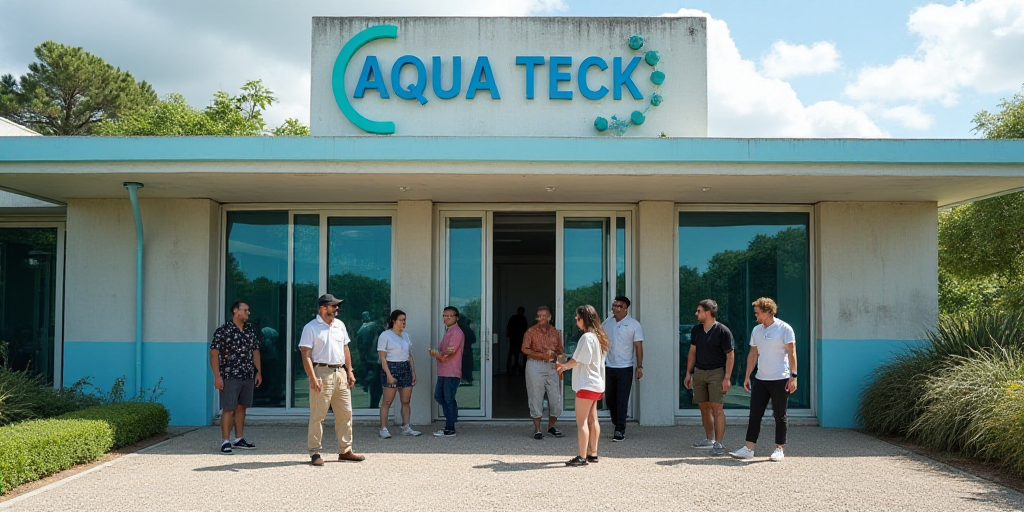Introduction
Mexico is grappling with a severe water crisis, facing moderate to exceptional drought conditions in 41.8% of its territory, ranking it 26th globally in water stress. The situation is exacerbated by the contamination of 60% of its water bodies and the concentration of 77% of the population in areas with only 33% renewable water availability. In this context, Aquatech Mexico 2025 has emerged as a pivotal event to tackle this challenge by engaging key stakeholders and fostering solutions.
The Water Crisis in Mexico
Marissa Mar, a communication and education strategist in water management, explains that the notion of “shared responsibility” often dilutes action. She emphasizes the need for clarity on who is responsible for what in water management, which includes national (Conagua), state, and municipal water organizations, as well as individual users like industry, agriculture, and the general public.
A Human Rights Issue
The water crisis is not merely a technical problem but a human rights and social justice concern, according to Raúl Rodríguez, president of the Water Advisory Council. He stresses the importance of preventive investment, highlighting that allocating 1-1.5% of a country’s GDP to water management is recommended by international organizations. Mexico, however, invests only 37 million pesos annually, which is insufficient.
- Voluntad política: Political will is essential for substantial water management investment.
- Financiamiento presupuestal: Adequate budget allocation is necessary for effective water management.
- Innovación y tecnología: Technological advancements and innovation are crucial for sustainable water management.
Rodríguez also emphasizes the need for legal certainty and a robust regulatory framework, as Mexico prepares to revise its water laws. He stresses that clear regulations are vital for both investment and productive sector development, which relies on water for production.
Where Will the Solutions Come From?
Technology is increasingly vital in addressing the water crisis, according to Tamara Luengo, founder of Aqueducto and a water management consultant. She highlights how innovation is becoming more accessible, enabling even small projects to make faster, more efficient decisions.
- Affordable sensors and monitoring systems: Accessible technology allows for real-time data collection, optimizing water networks.
- Innovative models: Models like “Water as a Service” and circular economy schemes, where wastewater treatment plants generate their own energy from byproducts, are gaining traction.
- Data democratization: The role of data in water management is growing, making information more accessible and affordable for smaller projects and municipalities.
Luengo concludes that while technology is a crucial component, it’s not a magic solution. Its true democratization requires financing, political will, and long-term maintenance commitment for infrastructure.






